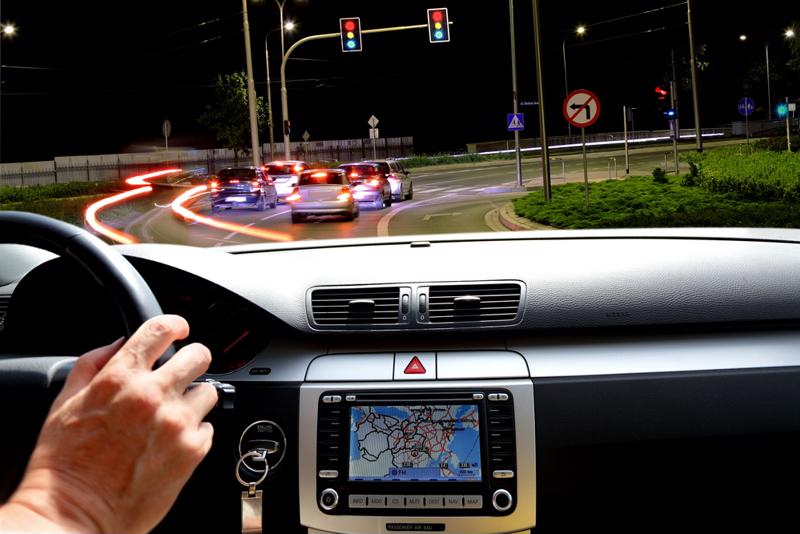When's the last time you used a map or cracked open an atlas? Chances are, you haven't relied on paper navigation tools in quite some time. After all, the emergence of GPS systems has made following directions more convenient than ever – it only takes a few swipes on a smartphone to get back on the right route. Using a GPS as a guide does come with certain risks, however, as operating any device while you're behind the wheel can increase your chances of being involved in an accident. If you regularly follow a GPS while driving, keep these safety tips in mind.
1. Mount it at an appropriate level
Whether you use an independent GPS or rely on a smartphone app, you need to mount the device at eye level. You're putting your safety at risk by holding the GPS in your hand, placing it freely on your dashboard or allowing it to rattle around in your center console. Many people feel comfortable glancing at their GPS when it's placed on their windshield, so consider mounting it on the glass with a suction cup device. Notably, some states prohibit drivers from attaching items to their windshields, so check your local laws before employing this technique.
2. Don't program it while you're driving
It's widely accepted that texting while driving is considered a major safety risk and serious legal offense. Still, many people plug addresses into their GPS systems while operating vehicles, which is just as dangerous. While programming your navigation system is a driving-related task, it takes your eyes – and hands – away from safely controlling your car. Always enter information before you leave, and pull over when you need to make adjustments or check your estimated arrival time. Even placing all of your attention on your GPS for a few seconds increases your risk of having an accident.
 Program your GPS with your destination before you start driving.
Program your GPS with your destination before you start driving.3. Use the audio setting
Most GPS systems come with audio options, which means that the device speaks the directions to you while you're driving. This is generally considered a safer method of navigation than glancing at the GPS' screen while operating your car. Make sure that the volume is turned up high and that the GPS guidance isn't competing with music or other sounds. Keep your eyes glued on the road and let your ears be in charge of getting you to your destination.
4. Keep the device updated
The best routes are always evolving due to a number of factors such as traffic, construction and changes in infrastructure. This is especially true in cities like New York, where updates are always being made to roads, bridges and tunnels. If you're following a GPS that's not up to date, you may find yourself taking the long road – or a road that doesn't lead anywhere at all. Before plugging your destination into your GPS, make sure the device has the most current settings available. Additionally, make sure you've applied your preferences, like having the system avoid tolls or only take major highways.
5. Trust your instincts
When using a GPS, especially if you're unfamiliar with the area you're driving around, it's tempting to treat it as an infallible system. Unfortunately, electronic navigation systems aren't perfect, and can leave you lost or guide you to the wrong place. Be sure to follow street and construction signs in conjunction with directions, and always trust your instincts – if it seems like the GPS is steering you off course, pull over and see what the problem is.
Of course, good navigation also requires a safe, high-quality vehicle. Head over to NJ Auto Auction to check out a wide variety of top notch cars.



